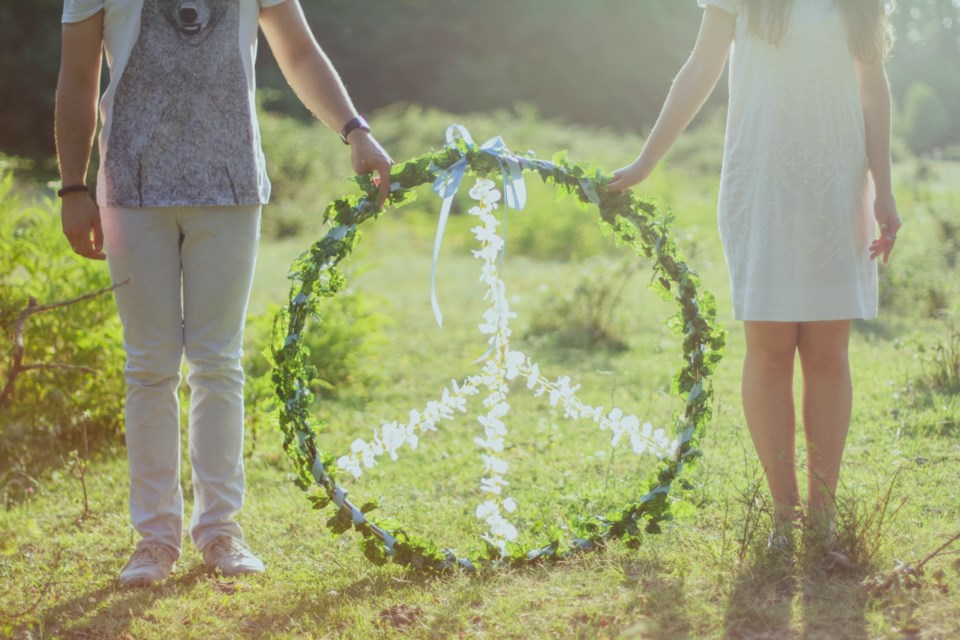The Longmont Leader accepts contributions, photos, letters to the editor, or LTEs, and op-eds for publication from community members, business leaders and public officials on local topics. Publication will be at the discretion of the editor and published opinions do not represent the views of the Longmont Leader or its staff. To submit a contribution, email [email protected].
At 5:30 pm on February 15th Longmont’s Museum will host a program on peace and peace- making, co-sponsored by the Longmont Museum and organized by the Longmont, Twin Peaks, and Niwot Rotary Clubs.
“Peace is Possible, One Community at a Time” is a February theme for Rotary international. Rotarians in this area are inviting community members to join them in the museum for what will be both a very interesting program and the beginning of an extended community conversation.
Planners of this program agree this should not be a one-off event but the first of many opportunities to envision how we can live in a safer and more peaceful future. The program will close with a “call to action” and an invitation to participate in Project Peace and Safety.
What is Project Peace and Safety?
It’s an invitation to commit 2 ½ hours between February 15th and May 26th to spend with friends, family, and others in the community. We’ll acknowledge the fears we carry with us much of the time, then set those fears aside to envision an aspirational future reflecting our best hopes for a safer and more peaceful community. We’ll generate strategies for realizing these best hopes and individually commit to doing one thing that moves ourselves and others toward making our best hopes a reality.
This process is predicated on several assumptions. First, in Longmont and the surrounding area there exists a deep reservoir of social capital. When this social capital is activated we can:
- influence local culture in ways that make violent responses to provocations less likely;
- generate new resources for non-violent problem solving;
- create new connections among neighbors and neighborhoods; and
- re-norm the community, reflecting shared values of peace and personal as well as collective well-being.
Second, we are not going to legislate or police our way into a safer and more peaceful future. Government and law enforcement, which play important roles in stabilizing this and every other community, are capable and competent to do many things. What government and law enforcement cannot do is assume and fulfill the responsibilities of residents for the kind of community we aspire to become. This is our responsibility, and there is no better time than now to lean into it.
Those who embrace this project are asked to share the results of their conversations with Tim Waters by May 26th. After May 26th results will be compiled into a report to the community.
Neither our worst fears nor our best hopes become our destiny without us. We are the architects of our future. Both are possible, but neither is assured. Our collective future is up to us and the paths we pursue and the strategies we select to realize our best hopes will be very different from those we adopt and implement to avoid our worst fears.
Are there any guarantees that participating in Project Peace and Safety changes the trajectory of Longmont, Niwot and the surrounding area? Of course not. No one can guarantee what’s around the corner or over the horizon.
If you are satisfied with our collective trajectory, then you’ll decide spending 2 ½ hours envisioning a safer and more peaceful future is not a good use of your time.
If, on the other hand, you believe we can do better as a society, we can be better as a community, our children and grandchildren deserve better than the world in which they are growing up, then think about 2 ½ hours as an investment in them, in us, in the community, and in the future.
Tim Waters can be reached at [email protected]



